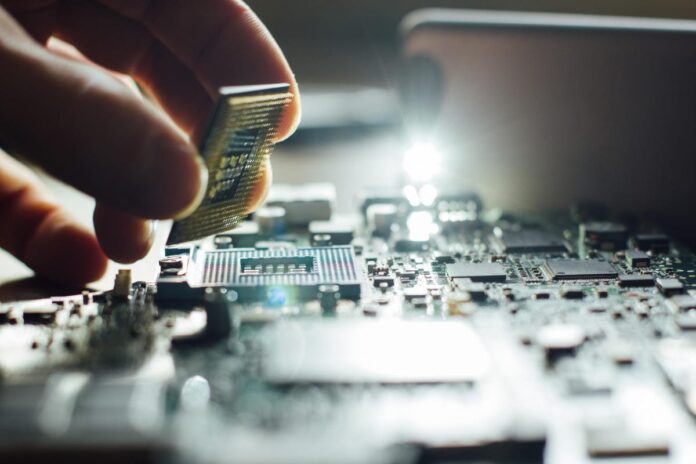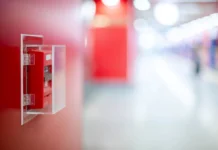The fundamental building blocks of every electronic device or circuit are electronic circuit components. Electronic circuit components are crucial to contemporary technology, from the small integrated circuits in our computers to the switches and resistors that operate our remote controls.
Electronic components may be coupled in an almost infinite variety of combinations because to their modular architecture and amazing adaptability, enabling the development of sophisticated electronic gadgets. They are the tools you need to construct everything from a straightforward alarm circuit to a sophisticated computer system. To find the best electronic circuit components click here https://my.rs-online.com/web/c/passive-components/.
The foundation of contemporary technology, electronic circuit components are crucial to many different uses. Everything from computers to cell phones to medical devices and vehicles wouldn’t work without them. The importance of electrical circuit components may be summed up in these five main ways:
Ease of Installation
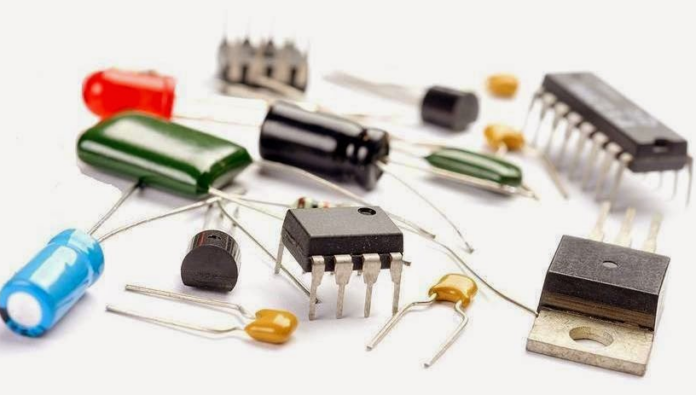
Electronic circuit components are designed to ensure that they are easy to install, even for those with no prior experience. With pre-assembled boards, all you have to do is connect the components according to the instructions and you can be up and running in no time.
Accuracy
Accuracy is one of the most important aspects of electronic circuit components, as it ensures that all electrical connections remain stable and reliable. The accuracy of a component depends on the precision of its design and construction, as well as the quality of the materials used. A circuit component with poor accuracy can result in an unreliable connection or even a complete failure of the entire circuit.
Efficiency
Electronic circuit components are designed to maximize the efficiency of the circuit. This helps to reduce energy consumption, and heat losses and increase overall performance. By using the right components, it is possible to create a device that can perform its intended function with the least amount of energy and resource usage.
Reliability
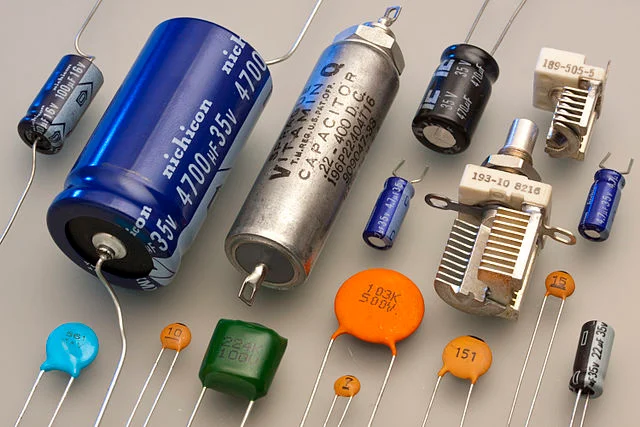
Circuit components are designed to be highly reliable and consistent, meaning that the same electrical output can be reliably achieved with each use. Quality components are tested to ensure that their performance is up to standard, meaning that engineers and hobbyists alike can rely on them for reliable results.
Versatility
Electronic components are incredibly versatile and can be used to create a wide range of circuit designs. With just a few simple components, you can create a complex system that can perform all sorts of tasks. This makes electronic components incredibly useful for hobbyists and engineers alike.
Cost-effectiveness
Quality circuit components are often more cost-effective in the long run as they are more reliable and require less replacement and maintenance. In addition, with bulk discounts and pre-packaged components, you can save quite a bit on the total cost of your project. It’s important to remember that it’s worth the investment to use components with a proven track record and to buy from trusted suppliers.
Durability
Electronic components are built to last and can withstand harsh environmental conditions. This is especially important for industries like automotive, aerospace, and military that require reliable components that can withstand extreme temperatures, dust, vibration, and radiation. The robustness of these components is essential for ensuring that vehicles, airplanes, and other military equipment can perform reliably and safely over long periods of time.
Types of Electronic Circuit Components
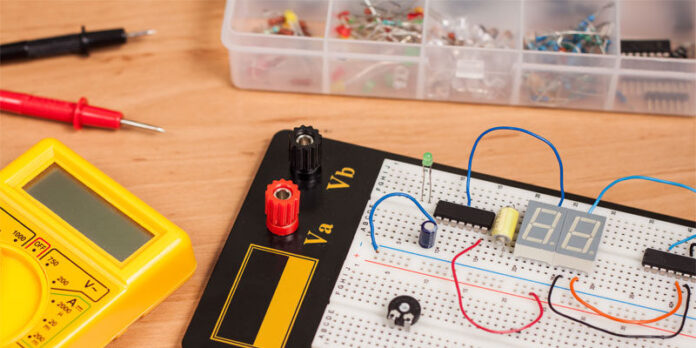
Electronic circuit components come in a wide variety of shapes, sizes, types and configurations. Each component serves its own unique purpose, depending on its features and functions. In order to fully understand the complexities of electronic circuits, it is necessary to have an understanding of the different types of components available.
Passive Components: Passive electrical components are characterized by having no amplification or active characteristics. These devices do not take energy from a source in order to operate, rather they help control the flow or voltage in a circuit. Examples of passive components include resistors, capacitors, inductors, transformers, and loop antennas.
Active Components: Active electrical components have amplifying characteristics in that they amplify electrical signals within a given circuit. Examples of active components include transistors (both FETs and BJTs), thyristors logic gates (like AND gates), operational amplifiers (Op Amps) oscillators (including relaxation oscillators) controlled switches like SCRs & TRIACs, etc.
Discrete Components: Discrete electronic components are usually stand-alone units with two leads that allow connection with other circuitry through soldering or wiring techniques. These include diodes (light emitting diodes LEDs), vacuum tubes (vacuum triodes), transistors & integrated circuits ICs along with logic chips such as EEPROM/FLASH memories microcontrollers, etc.).
Electromechanical Devices: Electromechanical devices combine both electrical and mechanical properties within one unit such as relays, pressure sensors, push buttons, LVDTs, rotary switches, limit & toggle switches, reed sensors, etc.) to provide an efficient solution for sensing mechanical conditions or controlling electric motors, valves, cooling fans, compressors or electromagnetic clutches.
Tips for Choosing the Right Components
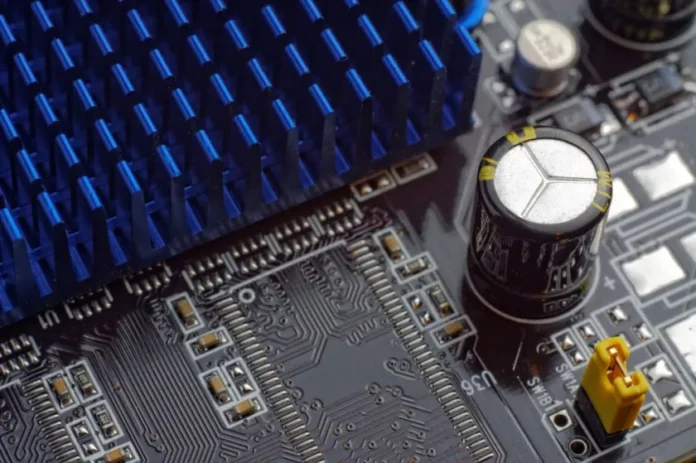
Choosing the right electronic circuit components is essential for optimal performance and reliability. As technology has evolved, the range of components available has expanded to include a variety of options offering various features and capabilities, resulting in an ever-growing variety of components that must be selected to create a complete circuit. Although component selection can be confusing, there are several tips that can help ensure the best decision is made.
- Application environment: It is important to select components that are able to handle the stress they will be subjected to during operation. For instance, when used in high temperatures, specific component materials should be chosen accordingly. It is also important to consider their vulnerability or sensitivity to electrical or magnetic interference from other nearby elements.
- Quality assurance processes: This will influence reliability and component life expectancy figures.
- Compatibility: Components should be chosen with regard to physical size, lead geometries, and packaging type in relation to each other’s power requirements and current flow levels.
- Price considerations: Generally high-quality components come at higher costs than lower-end equivalents due to increased production complexity associated with them.
Conclusion
With continued advancements in technology, more components may be available for combinations that create new solutions to old problems. Even so, there are still basic circuit principles that apply when undertaking any project involving electronics.
Comprehending these rules will allow engineers and hobbyists alike to find the best combination of components that fit their needs while also knowing the dangers they should avoid in order to mitigate potential hazards.
